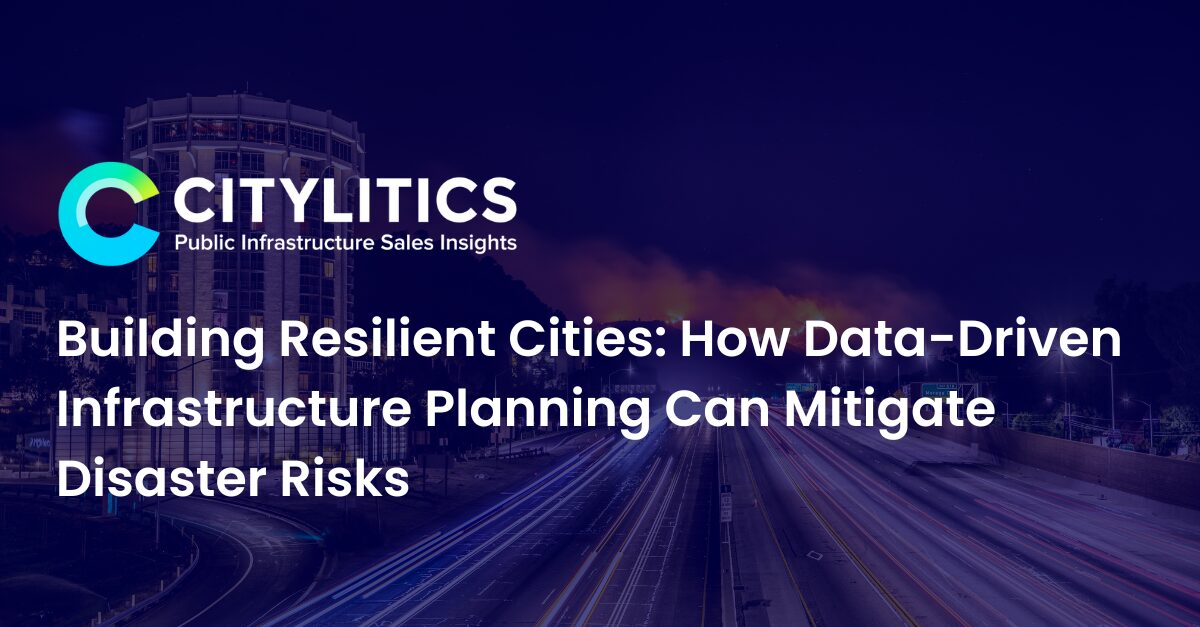This year the focus is solutions to plastic pollution.
In honor of that Anastasia Ejov, an Associate on our team, scanned our platform and found this past insight example that had been previously delivered to our clients in 2020.
The Silent Threat: Understanding the Significance of PFAS in Plastic Pollution
Note to Readers: This is an excerpt from the Source Article
Plastic pollution has become one of the most pressing environmental challenges of our time, wreaking havoc on ecosystems and threatening human health. While the detrimental impact of conventional plastics is well-known, there is another insidious element that exacerbates the problem – per- and polyfluoroalkyl substances (PFAS).
The strength of PFAS lies in their resistance to degradation, earning them the moniker “forever chemicals.” Once released into the environment, they can persist for decades or even centuries. When it comes to plastic pollution, PFAS pose a significant challenge due to their pervasive use in various plastic products, including food containers, wrappers, and bottles.
While the immediate impact of plastic pollution is visible in our oceans, rivers, and landfills, the hidden threat of PFAS lies in its potential to contaminate the very water we depend on. Landfills leach PFAS into groundwater, and these chemicals can also accumulate in the soil, posing a risk to crops and eventually entering our food chain.
How do you eliminate a toxin designed to last forever? That is the very question which the Martha’s Vineyard Airport was confronted with four years ago, when they found out that an accumulation of the toxic, so-called “forever chemical” PFAS on their property was infiltrating the Island aquifer.
Instead of attempting to remove the PFAS, the airport collaborated with Tetra Tech on a one-of-a-kind technology called PlumeStop. Rather than destroying the harmful compounds, this novel method sought to catch and contain them. The PlumeStop initiative changed the aquifer’s soil into a long-lasting filter, absorbing and neutralizing PFAS contamination, by injecting colloidal carbon into it.
The success of the PlumeStop project at Martha’s Vineyard Airport showcases the power of advanced material science in tackling plastic pollution and the pervasive threat of PFAS. While the PlumeStop project represents a significant step in mitigating PFAS contamination, addressing the issue on a larger scale requires collective efforts. Long-term remedies include limiting the use of PFAS in consumer products and lobbying for sustainable alternatives. Continuous monitoring, greater research, and stricter regulations are essential for efficient PFAS mitigation.
Are you interested in tracking PFAS or other air and water contaminants, hazardous waste or other environmental issues? Citylitics’ Environmental Monitoring Dashboard (EMD) provides access to real-time data which helps our customers who help with solutions to these challenges. Book a Live Demo
Download the sample Citylitics Intelligence Report for this PFAS insight: Click Here




